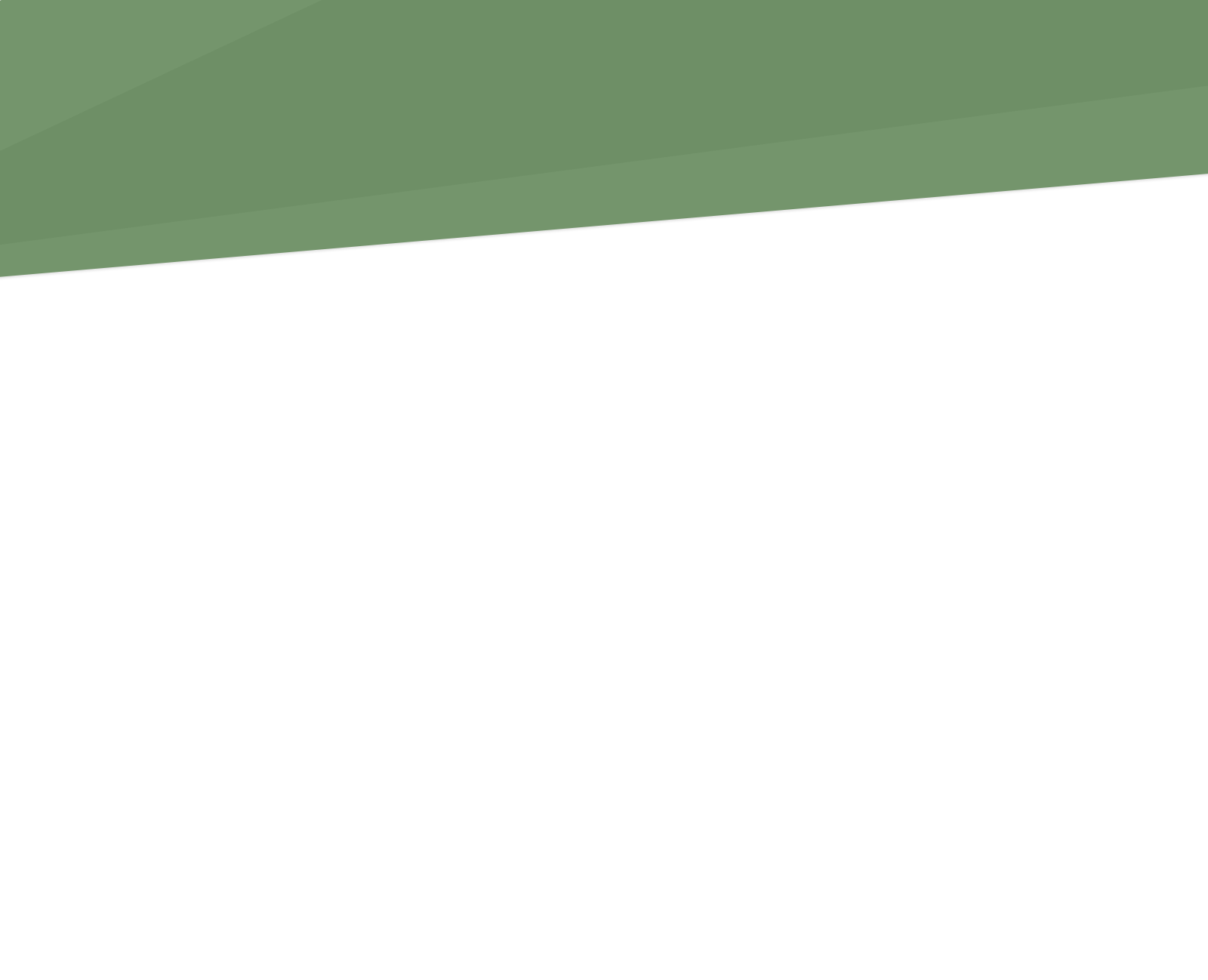
People are eating more fish – and that’s a problem. The consumption of fish has been steadily growing and is now at an all-time high with global per head consumption estimated to be around 22.3kg (49lbs) per year. With the overfishing of our oceans and the exploitation of other natural resources continuing to increase year over year, humans need alternate and sustainable sources for seafood to feed the planet’s ever-growing population.
And, while overfishing did not become a problem overnight, it is a growing and increasingly worrying issue making sustainable fishing and alternatives like fisheries and aquaculture crucial to securing our food supply.
Aquaculture, or fish farming, has been around since 2000-1000 B.C. with the first written record, “The Classic of Fish Culture” by Chinese author Fan Lai, written in 500 B.C. It wasn’t until the 1900’s, however, that the worldwide expansion of aquaculture took place due to improvements in communication and the ability to transmit ideas and information around the world.
Today’s aquaculture industry, also referred to as aquafarming, is the controlled process of cultivating and harvesting aquatic species including fish, crustaceans, mollusc & aquatic plants; in most cases for human consumption. The process is used to help rebuild stocks of threatened or endangered species and provide a stable, secure seafood source. It is estimated that by 2030, 62% of all seafood produced for human consumption will come from aquaculture - up significantly from 50% today.
Aquaculturally-raised seafood is a highly sustainable food source, particularly as compared to other farmed proteins. Some species of fish and molluscs are among the most nutritionally dense foods available – not only high in protein, but also high in essential vitamins, minerals and omega-3s compared to chicken, beef and pork. And, seafood has one of the lowest feed conversion ratios among animal proteins and the lowest greenhouse emissions when compared to any other protein or vegetable farming process.
An important factor in fish farming is water quality. Compressed air plays a vital role in helping to maintain water quality in aquaculture and is used extensively across the entire farming process from birth to plate. Compressed air helps to aerate (often called bubble aeration) and circulate water adding valuable oxygen while keeping algae at bay. Salmon are particularly sensitive to poor water quality and if fish pen water quality isn’t suitably maintained, it can impact fish growth, health, and in severe scenarios, can result in animal death.
The bubble aeration created by air compressors also lifts the unhealthy or dead fish to the surface, corralling them to a collection container where they can be autopsied or examined. This helps farmers have better control and understanding of their livestock.
Another great advantage of compressed air in aquaculture is sea lice management. Sea lice are parasites that feed on the flesh and blood of fish. In crowded fish farming environments, sea lice can more easily spread and, if left untreated, can impact fish health and even lead to death. To control sea lice, farmers often install lice skirts – or curtains of air bubbles - to prevent sea lice from entering the farming pens from the outside environment. These air curtains also work well to prevent sea lice from escaping the farm and impacting wild fish species.
Sullair offers a range of oil free and oil flooded compressors to help aquaculture farmers maintain and grow their business. Whether it’s water aeration, feeding, contamination control or harvesting, Sullair compressors are ready to take on the job as either a permanent installation or temporary portable solution.
Oil free compressors backed by the Sullair reputation for reliability and durability, ensure cleaner aeration. They are also energy efficient and have lower maintenance requirements making them cost-effective over the total life cycle.
Oil flooded compressors with Pristine FGTM gives farmers a reliable synthetic lubricant that extends equipment life and minimizes consumption. Extensively tested for performance, consistency and regulatory compliance, it sets the standard in extending lubricant life, protecting product integrity, and increasing equipment output and service life.
Sullair oil free and oil flooded compressors in aquaculture are like salt and vinegar to your fish and chips – a perfect accompaniment. And, makes eating more fish not such a big problem.
https://www.aquaculturealliance.org/blog/what-is-aquaculture-why-do-we-need-it/
http://www.fao.org/3/ag158e/AG158E02.htm
https://norseaqua.com/how-to-improve-water-quality-in-salmon-farming/
Use the checkboxes to select the types of cookies you want to accept, then press the “Save Settings” button. View our Privacy Policy.